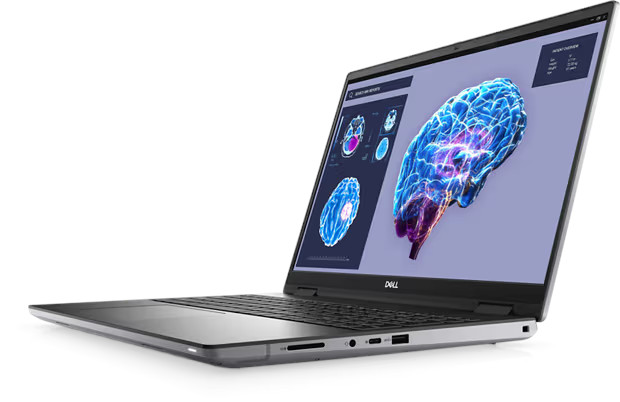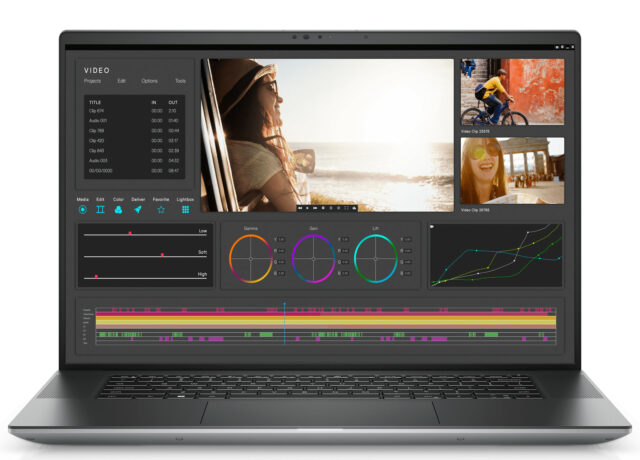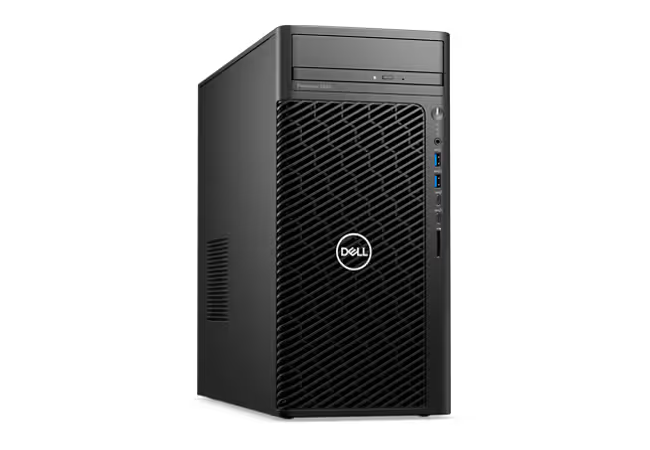
If you’re a 3D artist and you don’t know much about NVIDIA Omniverse yet, prepare to be impressed. 3D artists are used to using a variety of software applications for different 3D tasks, and often have built a fairly complex workflow that involves a lot of importing, exporting, and transferring work between various programs. Omniverse is a platform that blows all of that out of the water by providing a way to make applications interoperable, so you can use all of their features together, almost as if they’re a single piece of software. Not only that, but it also allows multiple creators to work together on shared scenes simultaneously, both over a local network and remotely via the cloud.
As you can imagine, this is transformative for people’s workflows—it’s a game changer. So how’s it possible?
Like many great advancements in technology, this development has taken place because someone decided to make an open standard that brings together material that would otherwise reside in separate, inconvenient silos. In this case the standard is Universal Scene Description, or USD, and it’s created by Pixar.
USD standardizes the exchange of the 3D data that describes things like geometries, physics and materials—the nuts and bolts of a 3D scene. In doing so it creates a common language that allows different tools to talk to each other. NVIDIA took this powerful starting point and ran with it to create Omniverse, a platform that enables individual creators to use their tools as one, and teams to collaborate and connect the diverse workflows of different artists.
Transform your workflow
To better understand what it’s like to use Omniverse, let’s consider the workflow of an individual creator. Over on the In the NVIDIA Studio blog, Rafi Nizam describes how he uses Omniverse to create 3D animated shorts. His characters and props are made with Adobe Substance 3D Modeler, Masterpiece Studio and Gravity Sketch, then prepped and rigged in Autodesk Maya, with materials and textures applied in Adobe Substance 3D Painter. He also does some motion capture to animate his characters using Epic Games Unreal Engine 5 (UE5). Rafi then lays out and lights the scene in an Omniverse app called Create XR, ready to receive assets from his various tools.
Connecting the tools is easy: all you need to do to get your apps working with Omniverse is download and install the relevant Omniverse Connectors. There are connectors for most common 3D applications, with many facilitating real time updates and automated material conversion. Even where connectors aren’t readily available, creators can easily work with common 3D file formats via direct import or third-party file conversion to USD.
To populate his set with characters and objects, Rafi activates Live Sync in Maya, Substance 3D and UE5 and draws in the assets. Changes made in Live Sync supported apps are updated in Omniverse in real time. So, for example, he can tweak the textures in Substance 3D and immediately see the result in the scene. Take a look at the video to get a better idea:
Really easy animation
On top of this, Omniverse contains a suite of reference applications that developers can use as building blocks to create new workflow apps in a low-code environment. For example, there’s Machinima, a reference application for creating game cinematics and other virtual worlds. Omniverse also contains a reference application called Audio2Face, which takes voice recordings and animates a character’s face so that it speaks the words. Audio2Face even tries to capture the emotion of the speaker and reflect this in the expression of the character.
Within Machinima is Pose Tracker, which enables you to animate a character based on movements from a video file. If you upload a video of yourself, the character will match your movements, giving you an easy way to do motion capture that requires no extra hardware.
These are just a couple of examples, but they illustrate just how much this platform lowers the barrier to entry for creators and developers—feats of character animation that until recently required a lot of learning can now be accomplished with relative ease. This video will give you a better feel for how creators can augment and customize their existing 3D workflows with these reference capabilities:
And don’t forget, Omniverse connects collaborators as well as tools—multiple people can work on the same scene in real-time, and with NVIDIA Omniverse Cloud, they can even do it remotely.
Omniverse and Dell
If you’re thinking that all of this sounds like it requires some substantial hardware, you’re not wrong. And that’s where Dell comes in.
Omniverse is part of a platform called NVIDIA Studio, which is an ecosystem of NVIDIA software and the NVIDIA RTX™ GPUs that power it. When shopping for a computer, look for systems carrying the NVIDIA Studio badge, because they are specifically tested and optimized to run Omniverse workloads.
Dell has partnered with NVIDIA to create a range of NVIDIA Studio computers that will help you make the most of everything this incredible platform has to offer.
A number of Dell’s Precision range of mobile and desktop workstations are certified as NVIDIA Studio machines, and come in a variety of specifications and price points. Take a look here to see the full range of Dell systems that are fine tuned to give great performance for NVIDIA Studio. Here are some examples:
Dell Precision 5680 Workstation

The recently announced Precision 5680 has the smallest footprint of any 16-inch workstation. It’s available with a top specification of Intel® Core™ i9 CPU, 64GB of DDR5 memory, an NVIDIA RTX™ 5000 laptop GPU, and there’s a 16:10, three-sided InfinityEdge display.
Dell Precision 7680 Workstation

The Precision 7680 is Dell’s most powerful 16-inch workstation, and it’s highly customizable so you can choose the specification that suits your needs. There are six versions of this machine, with a top specification based around an Intel® Core™ i9 CPU and an NVIDIA RTX™ 4000, with 64GB memory and a 1 TB SSD.
Dell Precision 3660 Workstation

If you’re in the market for a tower as opposed to a portable machine, the Precision 3660 workstation is a cost-effective model that’s available at a range of price-points. The top tier option has an Intel® Core™ i7 CPU, NVIDIA® RTX™ A2000 graphics, 32MB memory and a 512GB SSD.
Omniverse licensing
The best way to understand how Omniverse can improve your workflow is to download it and try it out. There are two licensing options: Standard and Enterprise. The Standard License is free and is best for individuals. Teams should go for the Enterprise License, which allows for collaboration with more than two users, enterprise security management, and 24/7 support. You can read about both options and get started here, and learn more about how Omniverse Enterprise and Dell’s Precision workstations are helping creators to collaborate here.
Powerful graphics cards like the NVIDIA RTX range are revolutionizing how we do creative work, and companies like Dell are making it easy to find the tailor-made systems that you need to get in on the action. Dell’s Precision range of workstations contains a choice of NVIDIA Studio PCs that will suit a range of budgets and use cases and have been certified to run the platform reliably.







